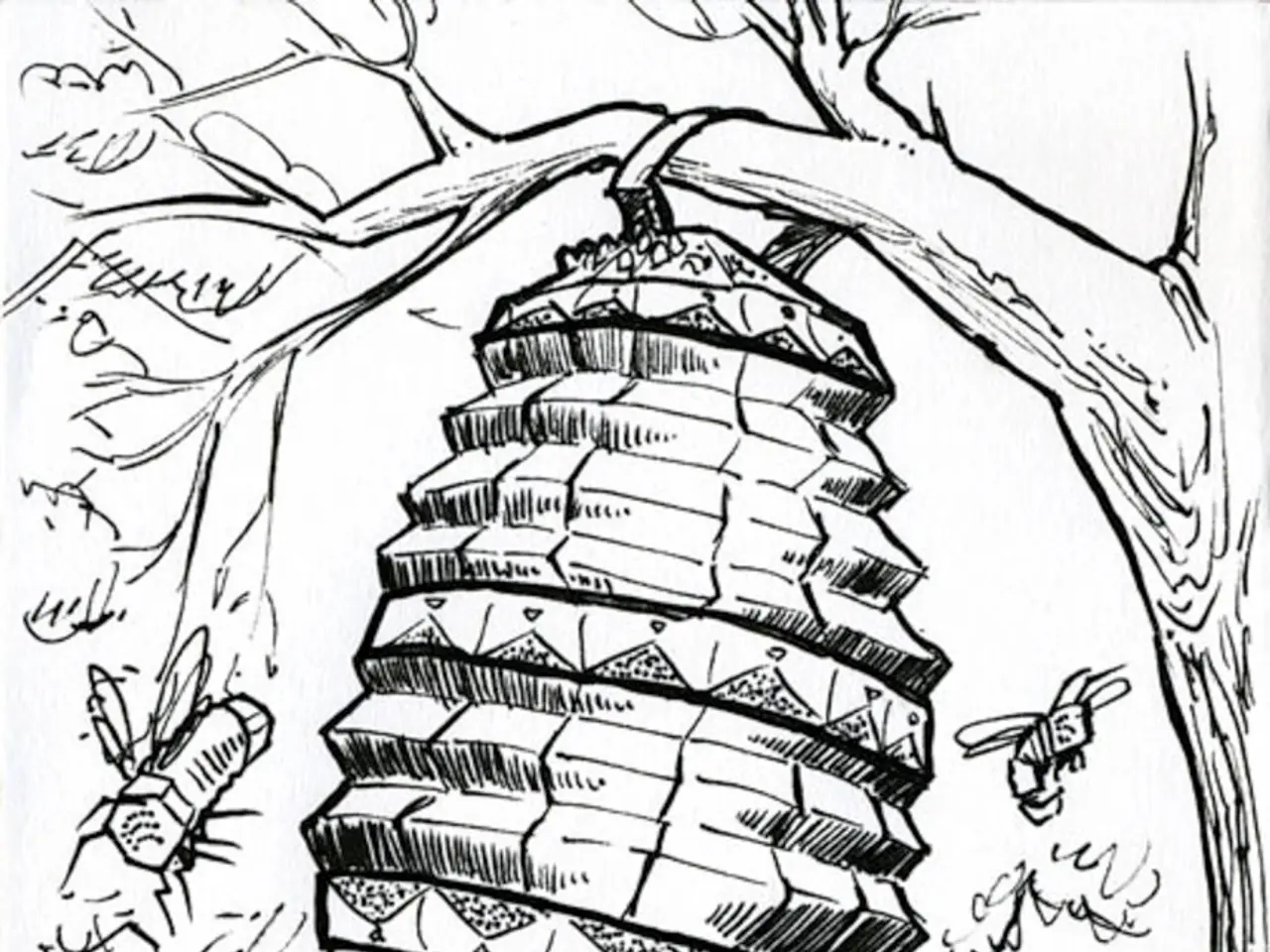Techniques for Enhanced Avocado Fruit Production Through Pollination
Boosting Avocado Production Through Optimal Pollination
Avocado trees rely on pollination to produce fruit, and bees play a crucial role in this process. By understanding the best practices for pollination, growers can maximize their avocado yield.
First, planting both Type A and Type B avocado trees nearby is essential for cross-pollination. These different varieties bloom at different times, attracting more pollinators and ensuring flower timing complementarity. This natural cross-pollination enhances fruit set.
Bees, particularly European honey bees, are vital pollinators for avocado trees. To support their activity, growers can plant pollinator-friendly plants and minimize pesticide use during bloom. This helps improve pollination success.
Optimal temperatures for pollination are daytime highs above 70°F. Cooler weather can disrupt flowering timing and reduce fertilization. Avocado flowers exhibit dichogamy, where male and female phases occur at different times, so synchronizing trees of opposite types maximizes fruit yield.
Some avocado varieties like the "Little Cado" are self-fertile with both flower types, but most benefit from interplanting complementary types.
Good cultural practices also play a significant role in avocado tree growth and yield. Ensure ample sunlight, proper soil drainage with a pH around 6.0 to 6.5, thorough watering, mulching to conserve moisture, and realistic expectations that grafted trees take 3-4 years to fruit. High-density planting with proper spacing and pruning can also support vigor and yield by optimizing light exposure and tree health.
To manually pollinate, collect pollen from male flowers in the morning and transfer it to female flowers that bloom later in the day. Using fresh pollen from flowers that have just opened increases the chances of successful pollination.
Hand pollination can be useful when natural pollinators are scarce. Encouraging pollinators by planting flowers nearby can aid in avocado pollination. Proper pollination techniques can increase avocado yield by up to 30%.
Lastly, it's important to monitor weather conditions during spring, as rainy or windy days can prevent effective pollination. Avocado flowers have a unique behavior, opening as female in the morning and switching to male in the afternoon.
By combining biological pollination knowledge with good horticultural care, growers can create a pollination-friendly environment that maximizes avocado tree fruit production.
Incorporating a variety of flowers as part of a home-and-garden landscape could attract helpful pollinators, such as bees, which aid in avocado production. To further support this lifestyle that promotes fruit growth, growers can consider gardening practices that minimize pesticide use and promote healthier avocado trees.




